One of the first instruments in a marching band that an audience will hear is the Marching Snare Drum.
A Marching Snare Drum is a member of the membranophone family of instruments. This means that players will use a stick to strike the drum head (the membrane) to produce a sound.
The sound of a Marching Snare Drum is often described as happy and bright. This is because of the metal snare wires that are tight against the bottom of the drum. Marching Snare Drums have been heard throughout history from military to marching bands.
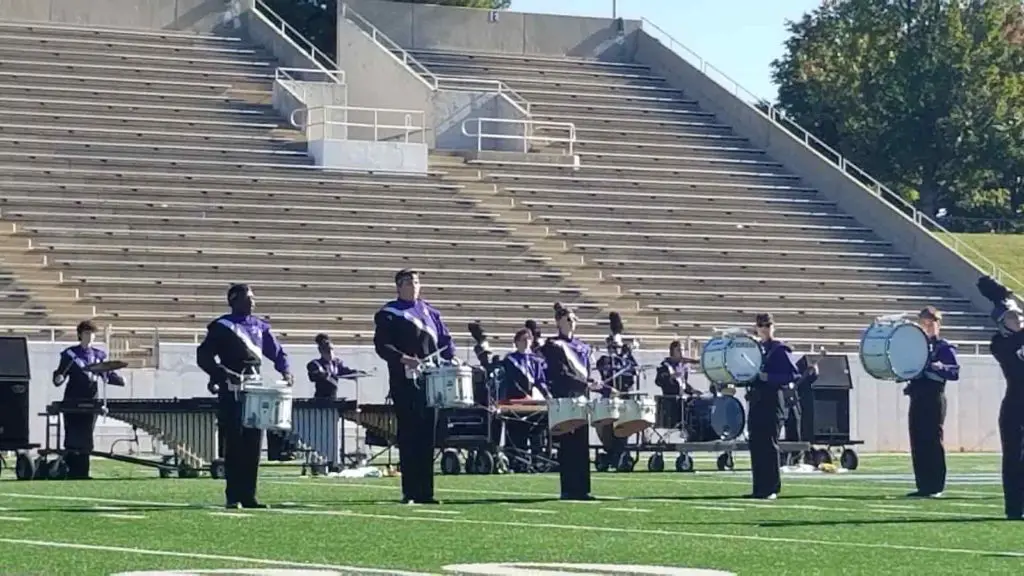
Are Snare Drums Used in Marching Band?
Yes! Snare Drums are used in Marching Band and have a crucial role to play within the band. Marching Snare Drums, just like Concert Snare Drums, keep the beat for the entire band.
No matter where you are on the field, you will be able to hear the Marching Snare Drum. When marching in a parade, the snare drums will cue the band when to play by tapping out a beat on the rim of the drum. Marching Snare Drums and the rest of the drumline will play a cadence when the band is not playing during a parade.
How Many Snares are in Marching Band?
The number of snare drums in a marching band depends on two factors. The number of instruments available and how many members are in the band and drumline/battery. If the school only has one Marching Snare Drum, then only one student will be able to play snare.
The number of members in a marching band is essential because the goal is to have an even sound. If the band is small, then the drumline will typically be three bass drums, one or two snares, and one cymbal/tenor/quint.
Top Tip: The drumline should not overpower the rest of the instruments on the field. The drums shouldn’t be the only instrument the audience can hear.
In high schools, the number of Marching Snare Drum players in the band is on average, between one and three musicians.
In college marching bands, the number of Marching Snare Drum is between six to nine musicians.
The number is larger in college bands because they tend to have several hundred members. In college and high schools with large bands or percussion sections, auditions are done to limit the number of snares in the band.
How Do You Play the Marching Snare Drum?
If you are already a member of your school’s percussion section you already know how to play the Marching Snare Drum!
The difference between a Concert and a Marching Snare is the size of the drum and if there is a stand or not. Marching Snare Drums are larger in height than Concert. Marching Snare Drums are worn on the body instead of on a stand like Concert Snares.
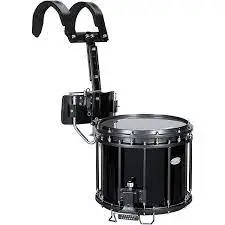

When playing the Marching Snare Drum, you will use one of two grips when you hold your sticks. Either a traditional grip or a matched grip.
Matched grip: hold the sticks in the same way in each hand. You will know the matched grip position if you are already a percussionist.
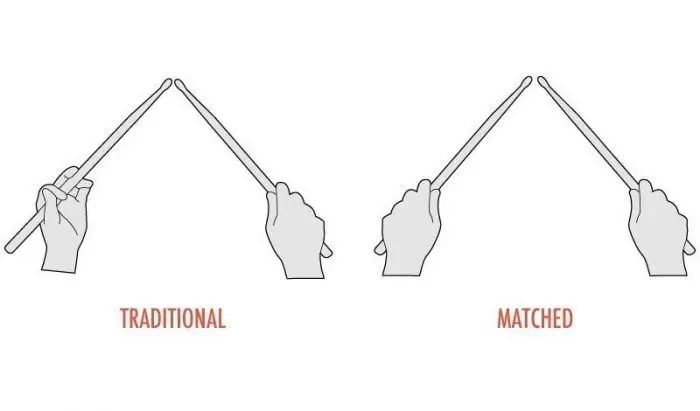
Traditional grip: This grip evolved from military snare drum players who would play as the troops marched. Traditional grip is also seen sometimes in jazz drumming. When using the traditional grip, your right hand will remain the same as in the matched grip.
The left hand will be turned to the side like you are going to shake someone’s hand (palm facing your right hand).
Place your stick between your first finger and thumb at a slight angle. The middle finger will be relaxed, but the stick should be under your finger, not over it. Your stick will rest on your ring finger, and you can either relax the pinky or hold it under the ring finger.
Below is a photo demonstrating both grips.
How to Tune a Marching Snare Drum?
When you have to change the drum head, and occasionally after practice, the drum will need to be tuned.
If you have never tuned a snare drum before, it can sound complicated. In schools that have percussion techs or coaches, these instructors will be able to walk you through the process.
Top Tip: Don’t be afraid to ask others in your section or your band director for help to make sure your drum is tuned and assembled correctly.
Before we can start to tune a Marching Snare Drum, it is essential to know its anatomy. The image below is a good reference and a visual of what parts we will be talking about for tuning.
What you will need:
🎵 Pen or a pencil
🎵 Screwdriver
🎵 A drum key
A drum key will look like any of the examples below.
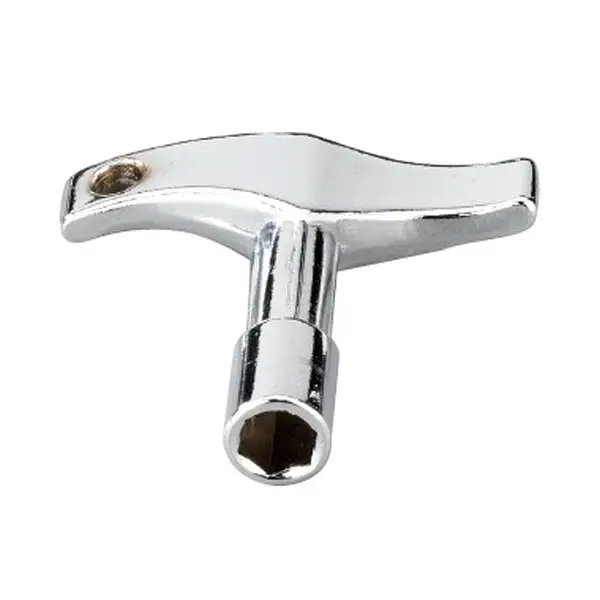
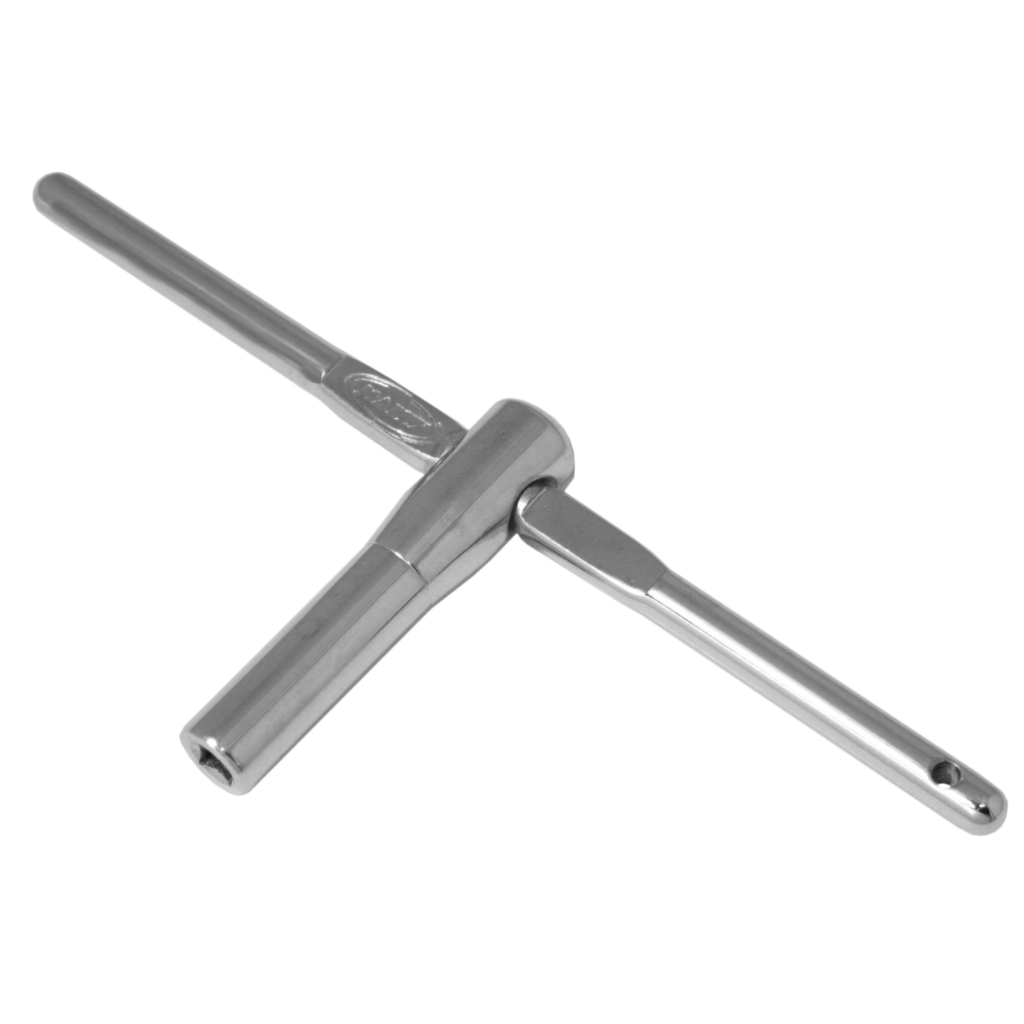

Easy Steps to tune a Marching Snare Drum:
- Flip the drum upside down.
- Start on the bottom head.
- Disengage the strainer and slide the pen or pencil underneath the guts (the snares). The pen will raise the guts enough to where you can pluck the strands like a guitar.
- Take the screwdriver and twist the screws on the side. The tighter the snares are, the higher the pitch will be if you pluck the strand.
🎵 Note: You are trying to adjust the screws until every strand of the guts is the same pitch. 🎵 - Take a finger and lightly tap the head all the way around in front of every tension rod.
- Listen to the sound and if one spot sounds a bit different from the others, use the drum key to tighten or loosen the lugnut that is on the top of the tension rod.
- Engage the strainers, and the guts should be touching the head of the drum.
Time to tune the top drum head.
- Flip your drum, over so the guts are towards the ground.
- Take a drumstick and lightly and softly tap each area in front of the tension rod and the lugnut.
- If one area doesn’t match the sound of the other places on the drum, tighten or loosen the lugnut with the drum key.
- Finally, gently play quarter notes on the head and listen for “normal” snare sounds.
The snares should resonate, and if they don’t, use the screwdriver to adjust the strainer.
Top Tip: It is important not to overtighten your drum. It will warp the hoops and damage the head faster.
You should not need to tune your drum every day before or after practice. If your school has a percussion tech, they will let you know when to tune your drum. Band directors will also inform the drumline when any of the drums need to be tuned.
Here is a video of a drummer explaining and demonstrating how to tune your snare drum.
How and Where to Buy a Snare Drum for Marching Band
The school’s band typically owns percussion instruments, especially marching percussion instruments. Musicians will borrow their instruments for practice and games. The school’s Marching Snare Drums will be in an instrument storage area in the band room. The drums will be with the other marching percussion instruments and harnesses.
If you want to buy your own Marching Snare Drum, it is best to ask your band director first. They will tell you if there is a certain make, model, and color of the drum that they would prefer you to get.
Drumlines usually have the same brand and colors for their instruments to look more uniform. Once you find out if you need to buy a drum and what specific drum to buy there are two options for purchasing your Marching Snare Drum.
First Option: Local Music Store
You can go to a music instrument store near you. Before you visit, it is wise to call the store to ask if they sell Marching Snare Drums. Some of the larger marching instruments are not in stock at every shop.
If you buy and bring your own drum to practices and games, you will also need a harness.
Second Option: Purchase Online
You can buy a drum from a music instrument supply company online. You may have to wait for the drum to be delivered or in stock on the websites. A good thing about buying online is that you can read reviews and compare drums. Some great online music instrument supply companies that sell Marching Snare Drums include
These companies have excellent customer service representative teams who can help make sure you get the drum you need and want.
Things you should know before buying a snare drum.
- What materials are used in the drum itself
- What kind of wood is the body/shell?
🎵 Maple and birch are standard, but the wood used can impact the sound and tone of the drum.
- What size drum do you need?
🎵 Traditionally, the size of a Marching Snare Drum is 14 inches by 12 inches. Compared to Concert Snare Drums, a Marching Snare Drum will be deeper and larger. There are 13 inches by 9 inches Marching Snare Drums. However, these sizes are popular for indoor percussion ensembles rather than on-the-field play.
- What are the top and bottom drum heads made of?
🎵 Marching Snare Drum heads are usually made out of mylar or kevlar.
Mylar is a synthetic polyester film.
Kevlar is a synthetic fiber known for its strength (body armor is often made with kevlar).
Mylar and kevlar are similar to carbon fiber or fiberglass and can take a heavy beating.
There is a lot of debate in the world of marching percussion over which material is the best option for drum heads. Many drum corps will use kevlar heads for their Marching Snare Drums.
Your band director and/or percussion tech will pick the kinds of heads. This is based on sound and cost in a school marching band.
If you plan to speak to your band director about buying your own drum, be sure to ask the kinds of heads to buy.
Top Tip: There is no difference between the Marching Snare Drums used in high school and college marching bands.
Keep this in mind when purchasing a Marching Snare Drum. Music instrument shops and websites often sell the same products at different prices. Don’t be fooled into buying a drum that you don’t want because it is described as a “college or drum corps quality drum.”
What Brands are the Best?
There are many excellent brands of marching percussion instruments you can buy. Two of the most well-known brands are Pearl and Yamaha.
Both companies have been producing solid, good quality, and good-sounding drums for years. Some other brands that are good choices as well include Dynasty and Mapex.
In the chart below, a few of the best brands and models of Marching Snare Drums are compared. The chart compares the shell material, construction, the hardware on the outside of the drum, the size, and the price. Which can be used as a guide when purchasing.
| Name | Shell Material | Shell Construction | Hardware Material | Size | Price |
| Pearl Championship Maple FFX Marching Snare Drum | Maple | 6-Ply | Aluminum | 14in x 12in | $747.99 |
| Yamaha 9400 SFZ Marching Snare Drum | Maple | Not Listed | Anodized Aluminum | 14in x 12in | $603.59 |
| Ludwig 14 x 12 Ultimate Marching Snare Drum | Maple | 8-Ply | Aluminum | 14in x 12in | $633.99 |
| Pearl Competitor Traditional Snare Drum | Mahogany | 8- Ply | Die-cast Zinc | 14in x 12in | $337.99 |
| Dynasty DFZ Custom Elite Marching Snare Drum | North American Maple | 10- Ply | Chrome | 14in x 12in | $809.99 |
| Mapex Qualifier Delux Snare 14”x12” | Maple/Birch | Not Listed | Aluminum | 14in x 12in | $420.19 |
How Much Does a Marching Snare Drum Cost?
On average, the price of a Marching Snare Drum is between $400 – $1,000. The price depends on the brand, customizations, and wraps. Like a car, a snare drum’s body can be wrapped in vinyl to change the color of the drum. These numbers are just for the drum alone. A good quality harness can cost an additional $250 – $400.
Having a good quality harness that distributes the weight of the drum evenly is important.
Top Tip: Make sure the harness doesn’t put too much pressure on the marcher’s lower back. Keep in mind that drums are heavy and they may make you feel sore until your body becomes used to them. Any abnormal or debilitating pain can indicate the harness is wrong for the student.
Leaning back to play while marching and playing in the stands will cause back pain and can lead to injury.
How high or low the prices are for the drums isn’t something to solely base your decision on. Your band director may instruct you to buy a specific drum and no other substitutes.
How to Rent a Marching Snare Drum?
Since many Marching Snare Drum players do not buy their own instruments, borrowing from the school is a common practice. Some instrument stores may have Marching Snare Drums for students to rent, but it is rare. This is because a school will usually supply the musicians with drums.
Typically, a student will be assigned a drum by their band director or audition for the drum they want to play. The drums are stored in the band room with harnesses, cases, and additional equipment. There is no pressure on a student to buy their own Marching Snare Drum (and harness). You can still practice your music without owning a drum by using some of the accessories below.
Marching Snare Drum Accessories
Like all other instruments, the Marching Snare Drum uses several different accessories while in the band.
Marching Snare Drum Sticks
The most important accessory would be the drumsticks. Without drumsticks, drums can not be played or will be loud enough for a marching band. Standard Marching Snare Drum sticks are 17 inches long and have a diameter between 0.655 inches to 0.710 inches wide.
Marching Snare Drum sticks are thicker than the sticks used for concert bands. This is because the thicker and heavier the drumsticks are, the louder they will be and tend to be more durable. Many Marching Percussion members will wrap the tape around their sticks for a better grip. It also helps prevent the sticks from breaking as quickly as they would without tape.
Marching Snare Drum Harness
One Marching Snare Drum accessory every musician needs is a harness, sometimes called snare carriers or holders.
As mentioned earlier, you need a harness to march with a drum. Harnesses are worn over the head, on the shoulders, and have a solid piece of plastic that rests against your stomach and pelvis. With hooks to attach the drum to.
If your school provides drums for the drumline, they will have harnesses too. You shouldn’t be required to buy your own harness in high school or college marching bands. Below are some examples of what a harness looks like.
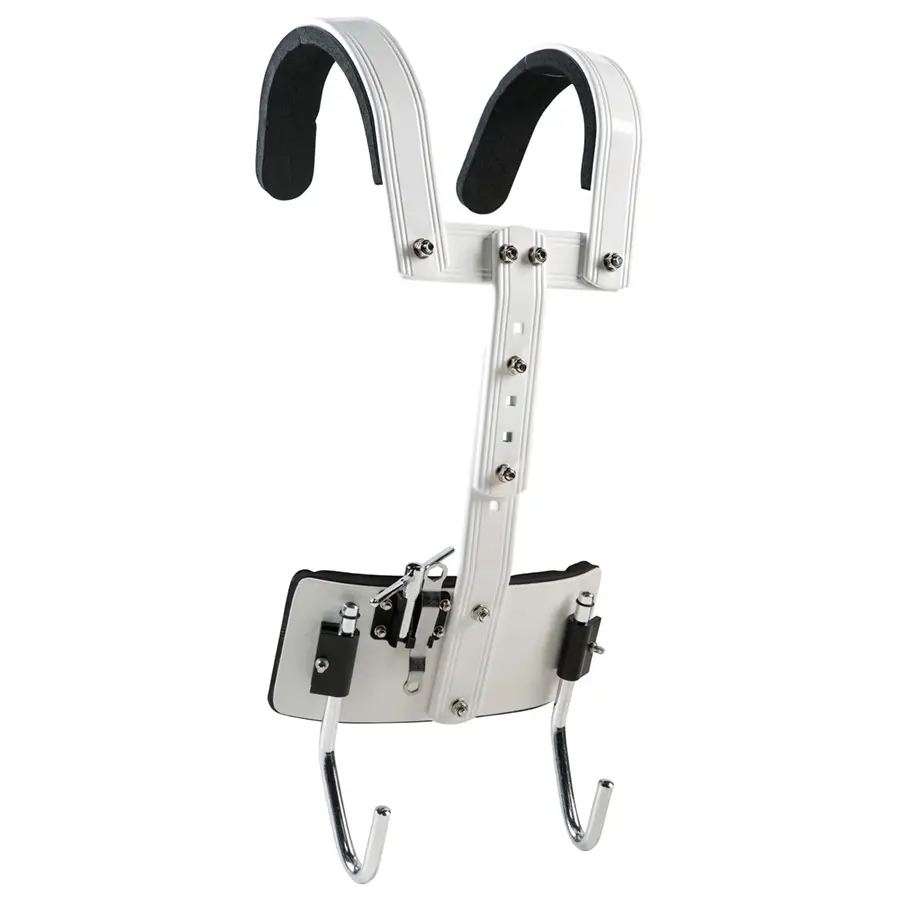
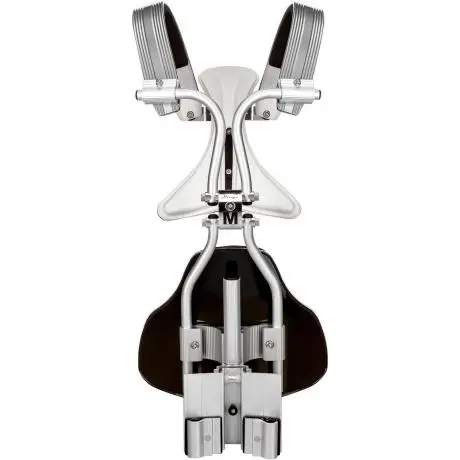
Snare Drum Practice Pad
Another important Marching Snare Drum accessory is a Snare Drum Practice Pad. These are used to practice music on without having to buy or use a drum to play.
A Practice Pad can look just like a smaller mylar snare drum head or be made of gum rubber affixed to a wood base. These pads are small and portable.
The pad is used to practice or warm up with because they are far quieter than an actual drum. Here are some examples of what Marching Snare Drum Practice Pads look like.
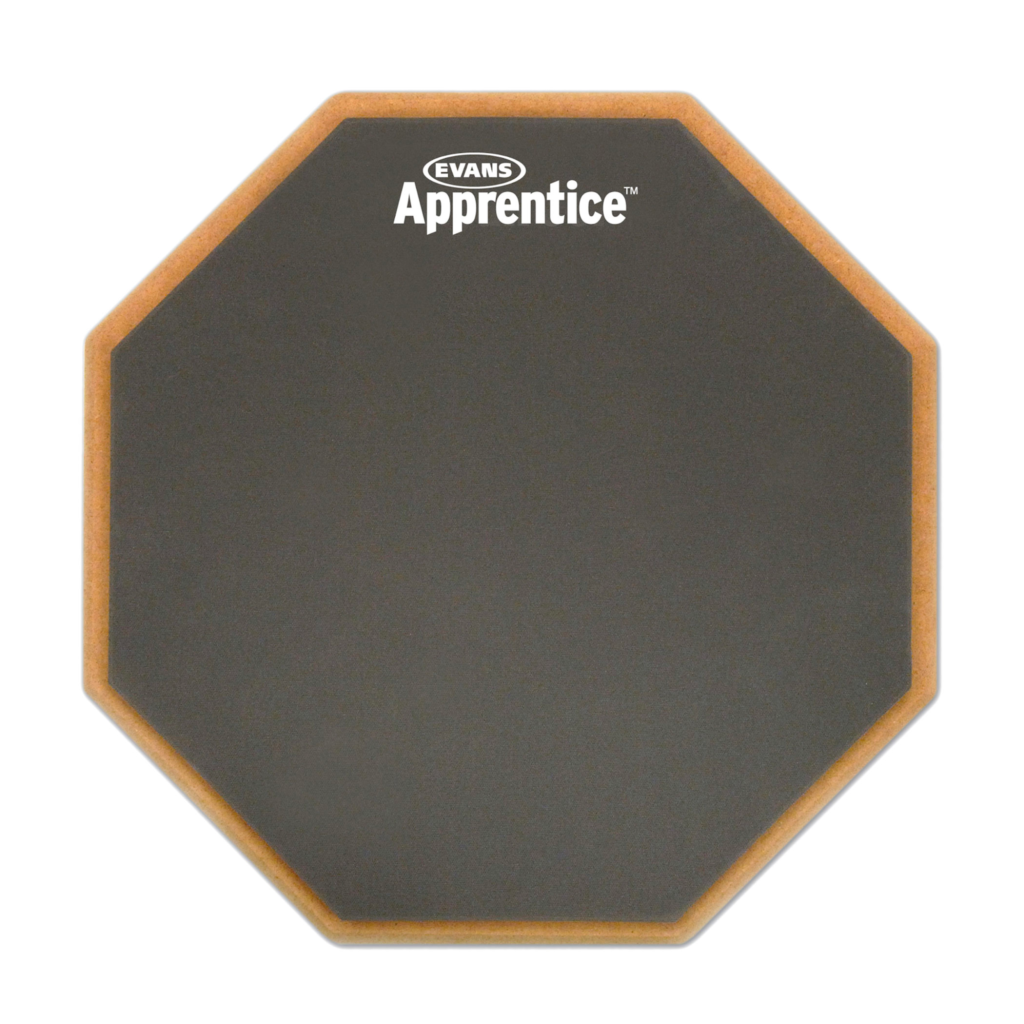
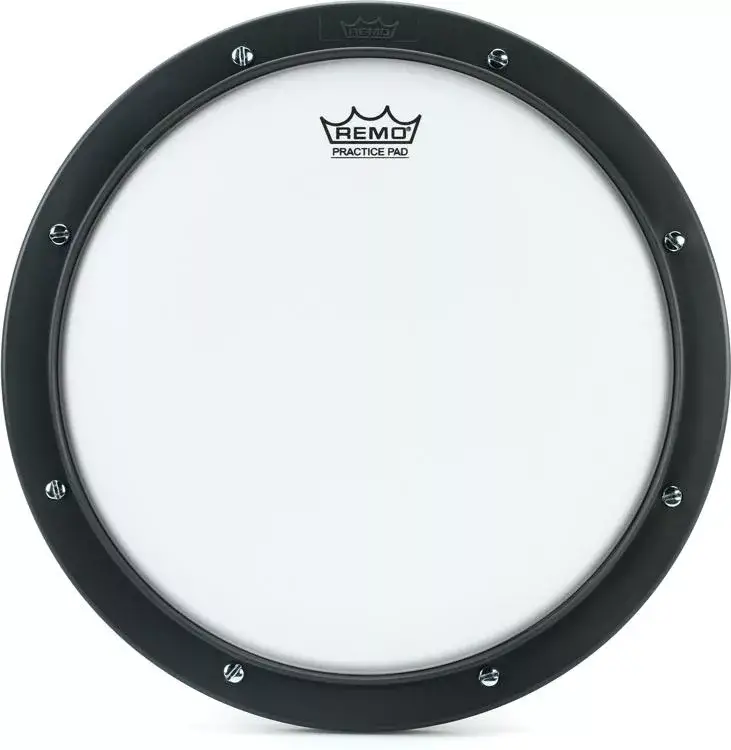
Marching Snare Drum Case
All marching drums provided by schools will have cases for the drums. Students will not be required to buy their own cases. The drums may be kept in their cases in the instrument storage area. Cases are also used when traveling for competitions and away games to protect the drums during transit.
Marching Snare Drumstick Carry Bag
As a snare drum player, it is important to protect your drumsticks. It’s also likely you have multiple pairs of drumsticks and need a safe place to keep them so they don’t get damaged or lost.
A drumstick carry bag is the best option to solve both these dilemmas. Read our article to find out which one is the best and what to avoid when choosing a carry bag.
Best Marching Mallet & Drum Stick Bags (What to Avoid)
How Much Does a Marching Snare Drum Weigh?
A Marching Snare Drum can weigh between 10 to 18 pounds. This does not include the harness weight. Harnesses are usually made with lightweight aluminum. This would only add an additional two pounds at most.
Top Tip: A good quality harness should help distribute the weight of the drum evenly on each of the music
Up Next: Instruments in a Marching Band (How Many & What Kind)
Disclaimer: This post may contain affiliate links. We only recommend high-quality products that are used and recommended by real musicians. If you use these links to buy something we earn a small commission.
